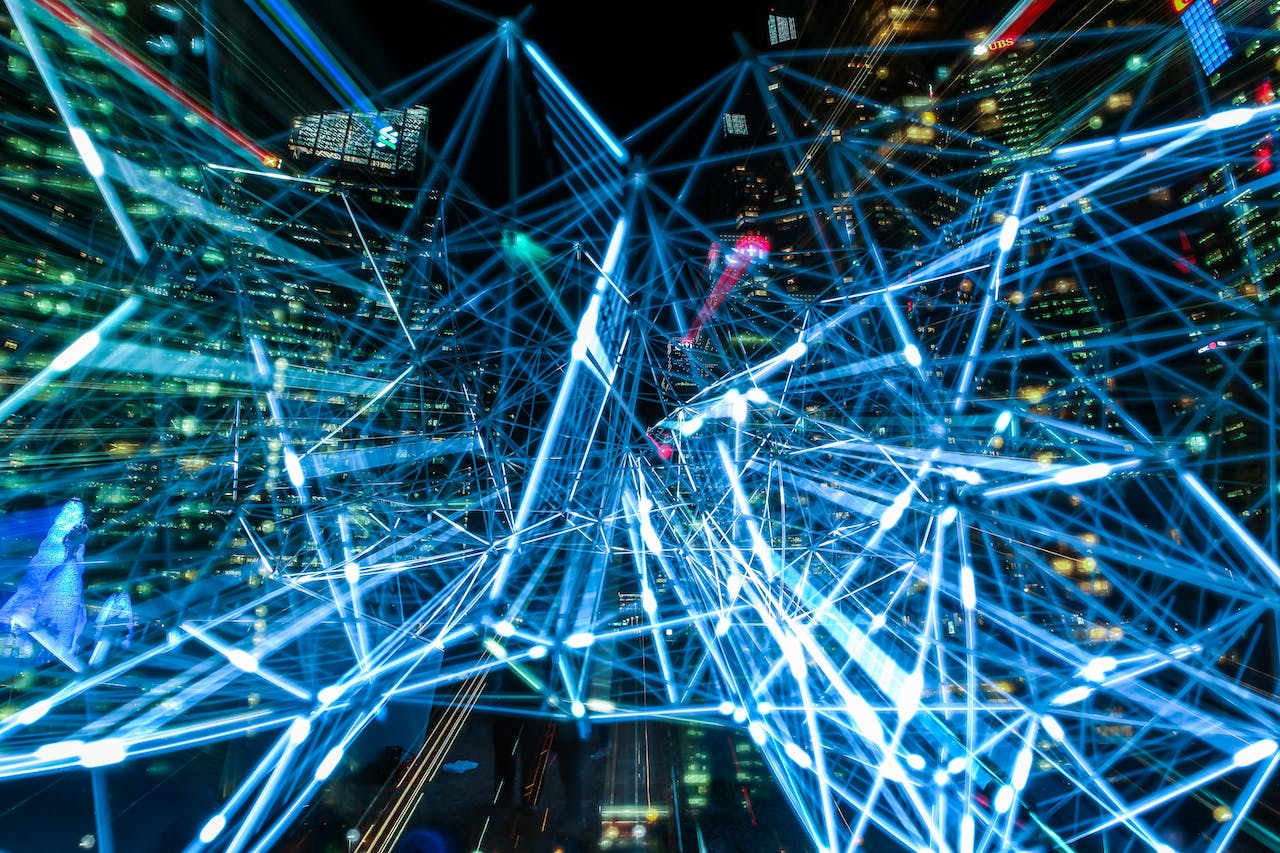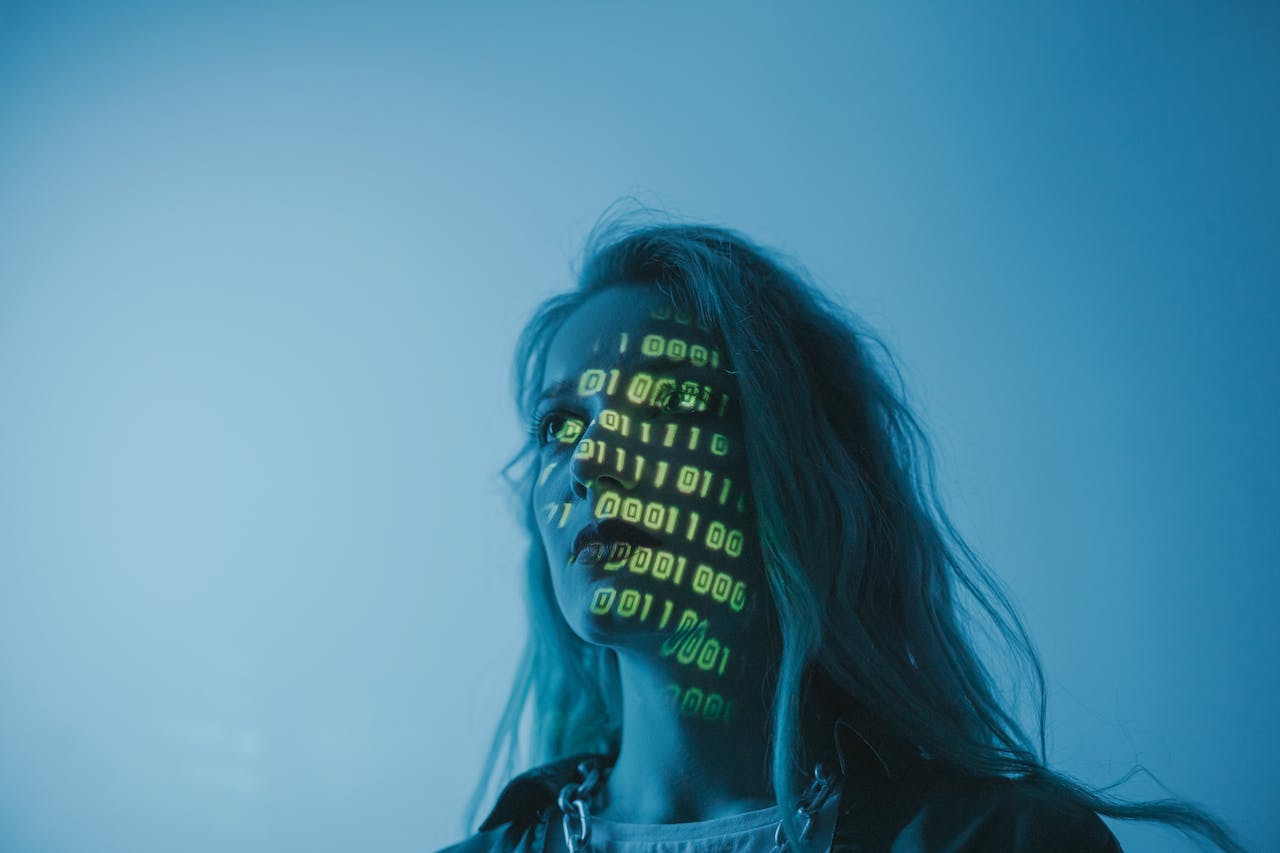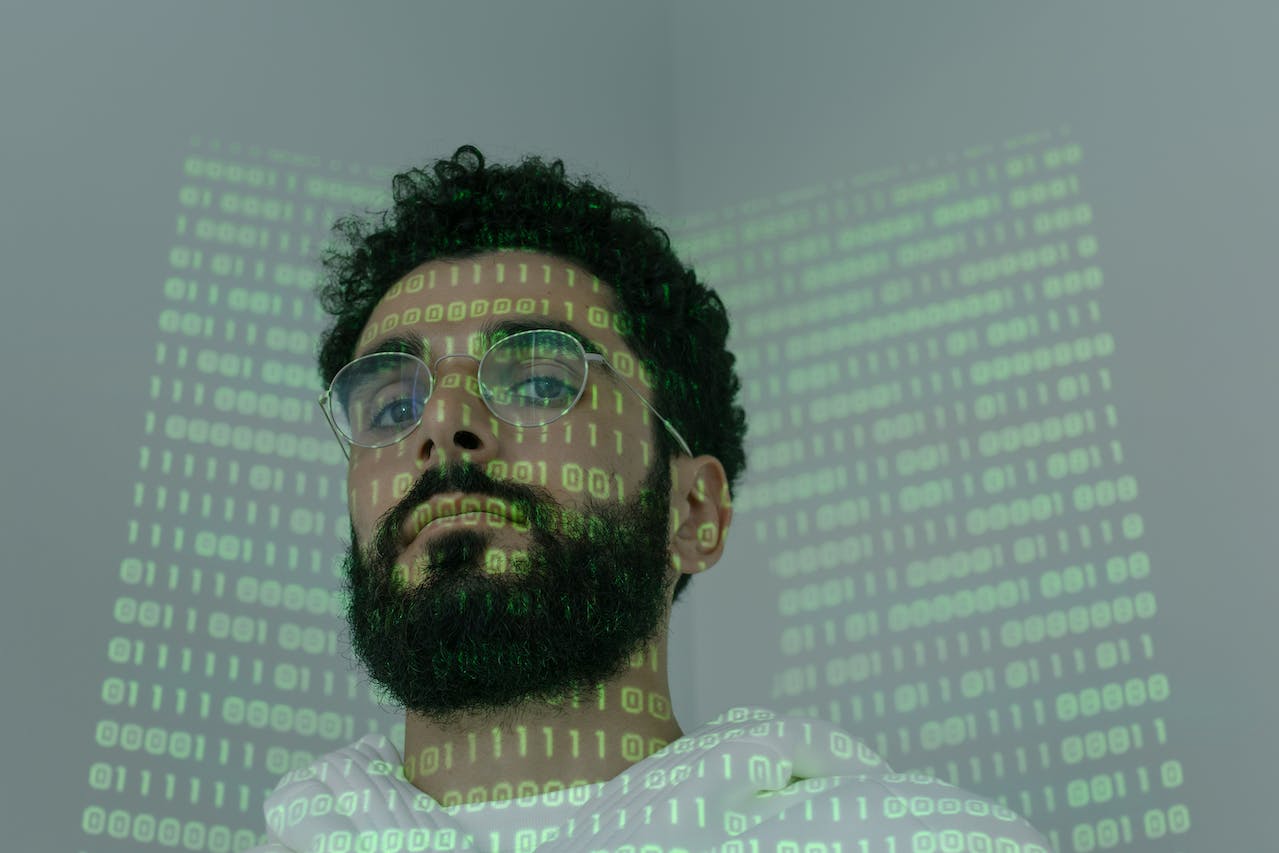Have you ever considered the significance of knowing your guests before they walk through your property’s doors? In today’s digital age, trust is paramount, especially in industries that thrive on peer-to-peer interactions like Airbnb. It’s no longer about just securing a booking; it’s about ensuring that the individual you’re renting to is who they claim to be. Here’s where AI identity verification steps in, offering a seamless, reliable, and efficient method to confirm guests’ identities.
What Exactly is AI Identity Verification?
Artificial Intelligence (AI) identity verification is an innovative process that utilizes algorithms and machine learning to confirm the authenticity of an individual’s identity. Think of it like a tech-savvy bouncer for your digital doorstep. It checks credentials against multiple databases, assesses the validity of documents, and even analyses facial recognition to ensure the person on the ID matches the person trying to make a booking.
Consider this: How reassuring would it be to know, with a high degree of certainty, that your next guest is genuine and has no ill intentions? AI offers that peace of mind.
AI identity verification is part of Airbnb’s process for background checks.
The Necessity of Embracing Modern Verification Techniques
Why opt for AI-driven identity checks over traditional methods? Traditional checks, although useful in the past, are becoming increasingly susceptible to fraud and inaccuracies. Remember, fraudsters are always looking for loopholes, and manual verifications can sometimes be their playground.
With the rise in sophisticated identity theft and fraud methods, there’s an ever-present risk for Airbnb hosts and rental property managers. It’s a question you need to ask yourself: Are you equipped to combat these modern challenges?

AI identity verification goes beyond the basic manual checks. It delves deep, scanning for minute discrepancies that the human eye might miss. Moreover, it does this swiftly, ensuring that neither you nor your potential guest loses precious time.
Transitioning to an AI-Driven Verification System: What to Expect?
Making the move to an AI-driven verification system might sound daunting, especially if you’re not familiar with the intricacies of technology. But here’s the beauty of it: You don’t need to be an expert. Many platforms cater specifically to Airbnb hosts and rental property managers, providing user-friendly interfaces and step-by-step guidance.
When you adopt an AI identity verification system:
Speed: Expect faster verifications. What used to take hours can now be accomplished in mere minutes.
Accuracy: The margin of error reduces significantly. AI systems are adept at spotting inconsistencies that can be easily overlooked by manual verifications.
Consistency: Each guest undergoes the same rigorous checks, ensuring a uniform verification standard for everyone.
Global Checks: These systems can verify identities from across the globe, crucial for hosts who cater to an international clientele.
The digital frontier is always evolving. As Airbnb hosts and rental property managers, staying one step ahead in the verification game is not just wise—it’s essential. By integrating AI identity verification, you not only bolster the security of your property but also foster trust within your community of renters.
Are you ready to embrace this transformative technology and set new benchmarks in guest verification? Remember, in a world driven by digital interactions, ensuring authenticity is your most potent tool.
AI identity verification software:
In the ever-evolving landscape of property rentals, ensuring the safety of both hosts and properties has always been paramount. Guest screening software are created for this very purpose.
A Deep Dive into the AI-Driven Process
Understanding how AI software work is vital for the users.
Multi-layered Data Analysis: At the core of an AI verficaition system lies a robust algorithm that processes vast amounts of data at lightning speed. When a guest submits their details, the software cross-references them against numerous global databases, ensuring comprehensive verification.
Document Validity Checks: Gone are the days when fake IDs could bypass the system. The software can scrutinize the authenticity of submitted documents, identifying even the slightest anomalies.
Facial Recognition and Liveness Detection: Leveraging state-of-the-art facial recognition technology, the software can ensure that the person booking is the same individual on the provided ID. Liveness detection adds another layer of security, confirming that the guest is a real, live person and not a pre-recorded video or image.
Risk Analysis and Scoring: Beyond just identity verification, the software can evaluate potential risks associated with each booking. Drawing insights from historical data, user behavior, and other indicators, the AI based verification provides a risk score, helping hosts make informed decisions.
Ease of Integration and User Experience
Transitioning to a technology-driven solution might seem intimidating for some, especially those who aren’t tech-savvy. Recognizing this, we’ve designed Autohost with simplicity and user-friendliness in mind.

Intuitive Interface: Our platform boasts a clean, user-friendly interface. The dashboard provides a concise view of all verifications, with detailed breakdowns just a click away.
Quick Set-Up: PMS integration is a breeze. Whether you’re an individual Airbnb host or a property management company with multiple listings, setting up and getting started is straightforward.
24/7 Support: We understand the importance of uninterrupted service and immediate assistance. Our dedicated support team is always ready to assist, ensuring that any queries or concerns are addressed promptly.
In Defense of Data Privacy
In the age of digital transformation, data privacy is a legitimate concern for many. Rest assured, Autohost prioritizes the protection of personal information. Our systems are fortified with advanced encryption protocols, ensuring that data remains confidential and secure. Moreover, we are compliant with global data protection regulations, and we continually update our practices in line with the latest standards.
Automated ID verification: How it works?
Before diving deep into the mechanics, it’s essential to grasp the concept. Automated ID Verification is a digital process that leverages technology, particularly AI, to authenticate a person’s identity using their identification documents and biometric data. It’s designed to provide a seamless and almost instantaneous result, making it an invaluable tool in the fast-paced digital landscape.
The Process Unfolded
Here’s a breakdown of the steps involved in the automated ID verification process:
User Submission: The journey starts with the user. They’ll typically be asked to provide identification documents – like a passport, driver’s license, or national ID. Depending on the system, they might also be prompted to capture a real-time selfie or video.
Document Examination: As soon as the document is uploaded, the automated system kicks into gear. The software scrutinizes various elements:
Document Type Recognition: The system identifies the type of document (e.g., passport, driver’s license).
Data Extraction: Vital information such as name, date of birth, ID number, and expiration date is extracted.
Visual Authentication: The system checks for visual security features present in the ID, like holograms, watermarks, and microprint patterns.
Data Consistency Check: It ensures that the extracted data is consistent across various sections of the ID.
Facial Recognition and Matching: This step aims to confirm that the person providing the ID is its legitimate owner. The system:
Analyzes the Selfie/Video: Using facial recognition technology, it scans the submitted selfie or video.
Matches With the ID: It then compares the facial features from the selfie with the photo on the ID.
Liveness Detection: To combat fraudsters using photos or videos, some systems incorporate liveness detection, prompting users to perform actions like blinking or nodding to confirm their real-time presence.
Cross-Referencing with Databases: Some sophisticated automated ID verification systems go a step further by cross-referencing the provided data with global or specific databases to ensure the authenticity of the document and the individual.
Risk Assessment: The system might also evaluate any potential risks associated with the user, assigning a risk score based on various factors.
Results Generation: Once the system has processed all the information, it provides a result. This could be a straightforward pass/fail, a detailed report highlighting any discrepancies, or even a risk score.
Feedback to User: Depending on the platform and purpose, the user might receive instant feedback on their verification status or additional steps they might need to follow.
Why The Shift to Automation?
Manual verification, while reliable to a degree, is time-consuming, more prone to errors, and can’t keep pace with the sheer volume of verifications needed in today’s digital world. Automated ID verification fills this gap, offering a swift, consistent, and highly accurate solution.
Moreover, as fraud techniques become more advanced, the need for equally sophisticated verification tools becomes apparent. Automated systems, with their ability to rapidly process vast amounts of data and adapt to new fraud patterns using machine learning, are perfectly poised to address these challenges.
Wrapping It Up
Automated ID verification is not just the future; it’s the present. As digital interactions continue to dominate various sectors, ensuring quick and accurate identity verification will remain paramount. By understanding its mechanics, users and businesses alike can appreciate the blend of technology and security that makes this system invaluable.





